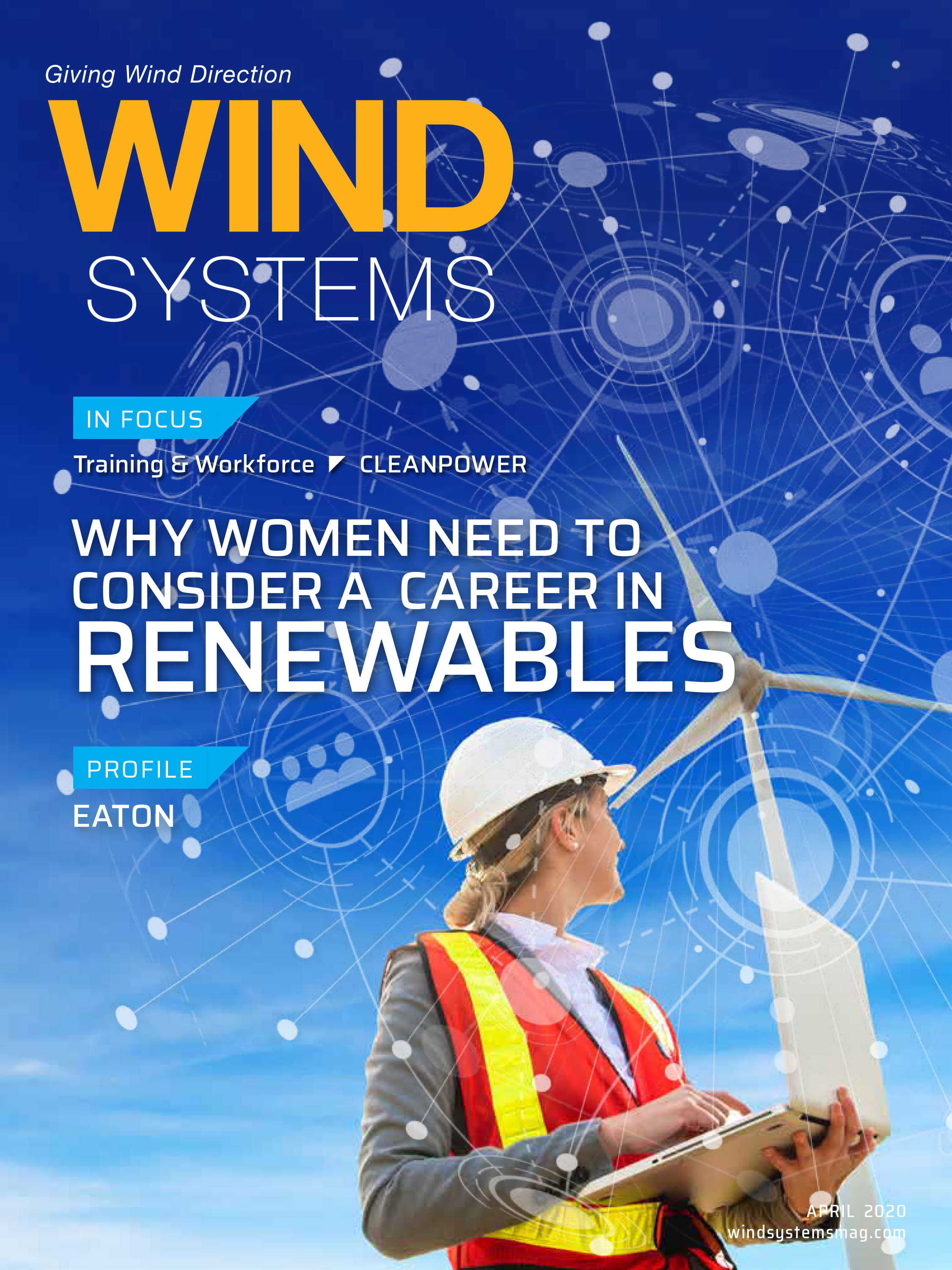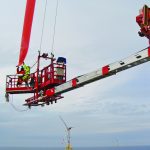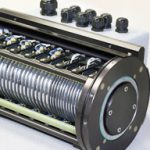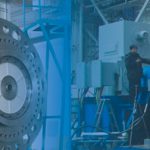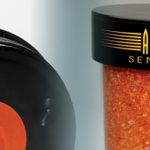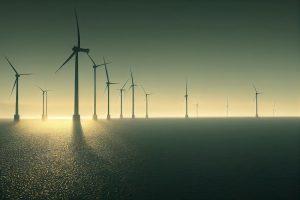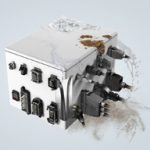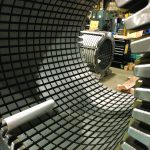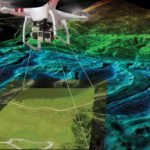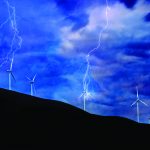When it comes to the world of renewables for Eaton, it boils down to one essential component: sustainability.
“At Eaton, it’s a very important element,” said Astrid Mozes, vice president of the power and motion controls division of Eaton’s hydraulics business. “I think we have been talking about this for many, many years, and we’re trying to make this part of the mindset in very different functions: Sustainability in every level of the organization. We believe it is a part of our business success because what Eaton brings to market are highly efficient energy saving solutions. Whether those are electric or hydraulic or mechanical, it plays to our core of who we are and what we do.”
Eaton is a power management company whose mission is to improve the quality of life and the environment. The company provides sustainable solutions that help its customers effectively manage electrical, hydraulic, and mechanical power — more safely, more efficiently, and more reliably. Eaton as a whole is divided into the electrical sector and the industrial sector.
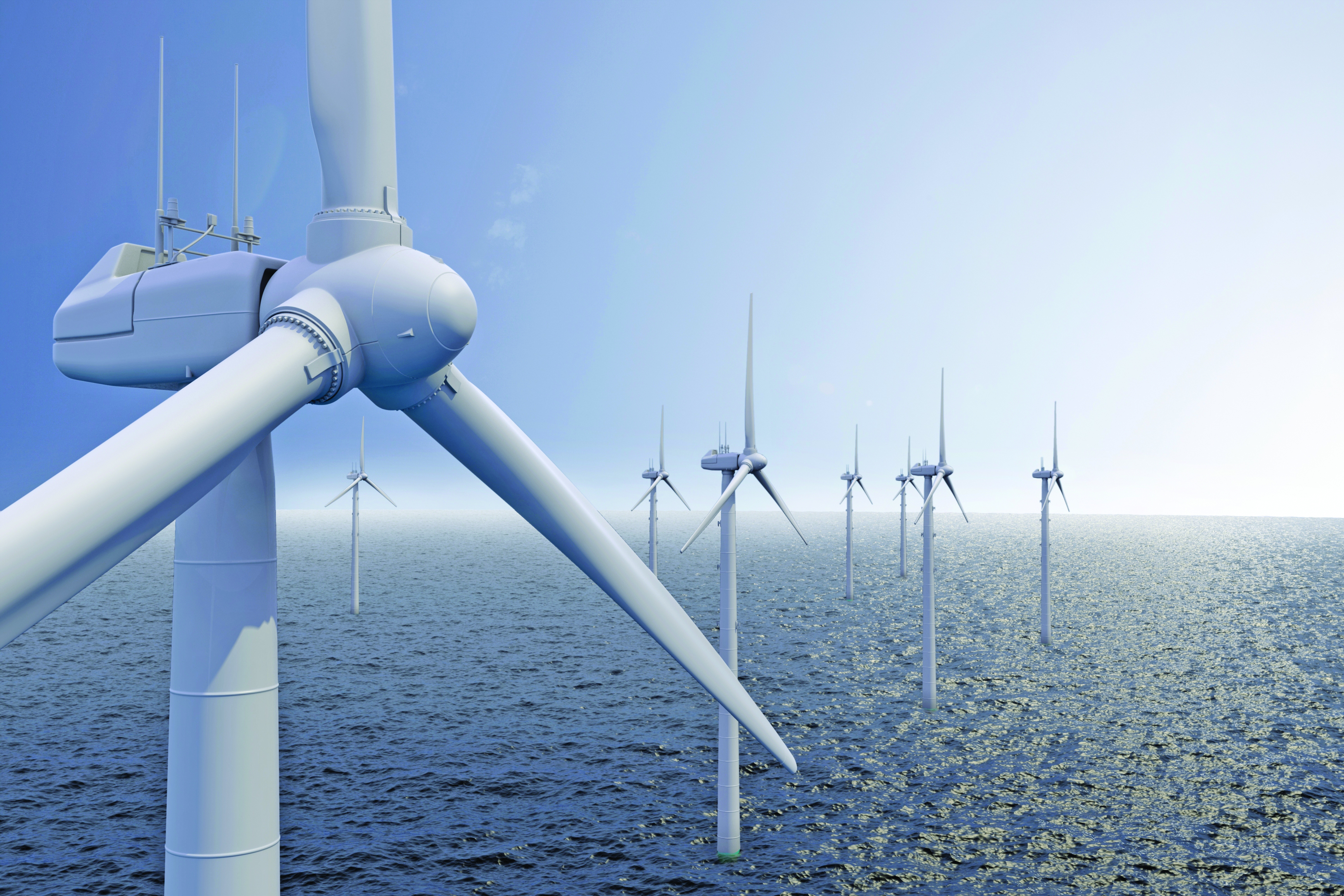
Wide Range of Components
And although renewable energy initiatives at Eaton go beyond wind, what the company offers for wind specifically includes a wide range of components, according to Mozes.
“One of the products where we have quite a large amount of scale is our industrial proportional valves,” she said. “Those are used to control the blades of the turbine. When the wind changes directions, you have a blade pitch control system in place to change the pitch of the blade. But we also have the ability to sell components for brake solutions. We have cylinders and caliper brakes, piston pumps, fluid-conveyance components, a wide range of those.”
It’s vital that the valves used in pitch control systems function properly in a turbine because they are often subjected to extreme environmental factors, according to Mozes.
“These are subject to temperature extremes and high and variable rotational and vibration loads,” she said. “The duty cycle is very aggressive on those pieces of equipment. Downtime is a big no-no in the industry, and so we’re going through a very specialized approach when we develop our proportional valves for the wind industry, and we put them through very intense technical testing.”
Onboard Electronics
A key element of the proportional valves are their onboard electronics, according to Ben Hoxie, director of engineering for the power and motion controls division of Eaton’s hydraulics business.
“There are fairly sophisticated control algorithms around the pitch control to keep the turbine under control and stabilize it when the wind is changing,” he said. “It’s a dynamic thing. That leads us to the right solution of putting electronics on board the valve. Now, you have this sensitive electronics equipment in this harsh environment. We’ve put a lot of effort into both the design and the development of these valves to make sure they are very robust for the wind industry. We perform things like temperature extreme testing, vibration testing, and even some highly accelerated life testing, or what we call HALT testing. Through this process, we understand the valve’s weakest links; we improve on those and test again. We repeat this process so that, by the time the valves get into the application, they’re very robust.”
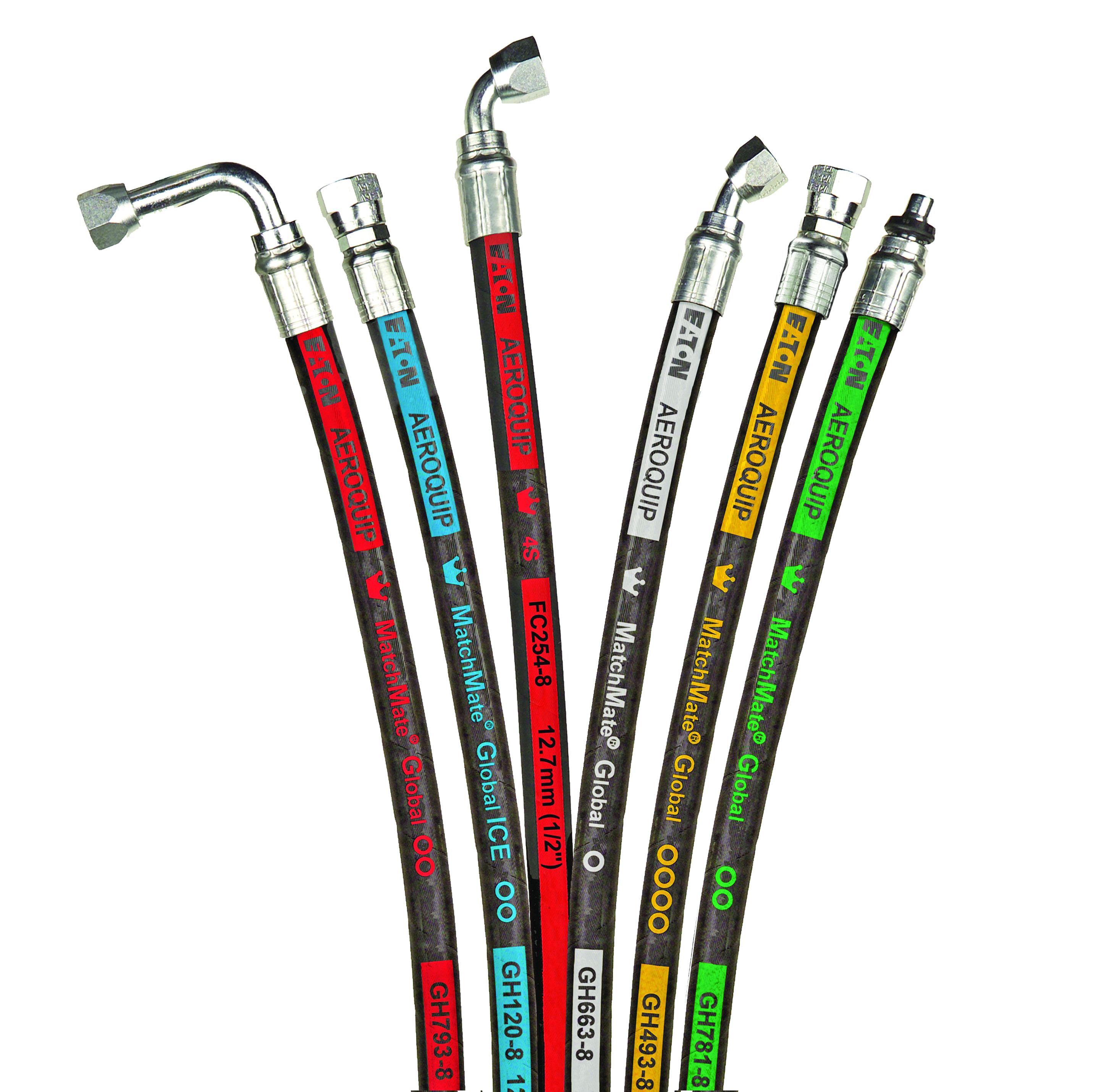
Working With Customers
With equipment tested to withstand the day-to-day punishment of a functioning turbine, it then falls on Eaton’s engineering staff to find the final puzzle pieces of a customer’s challenge, according to Mozes.
“We have a lot of smart engineers in our organization who have the ability to solve problems,” she said. “Sometimes the customer can articulate their problem very easily. Oftentimes the customer cannot articulate the problem, but they can articulate an issue on a machine. And then through a lot of engineering-to-engineering collaboration and engagement, we peel the onion and get to the root cause of what is actually happening.”
It’s all about discovering the challenge, according to Hoxie.
“We use the tagline: power to solve,” he said. “And that really sums it up very nicely in a single sentence. And it’s all about: What is that challenge? What is that problem the customer’s having, and how do we bring our expertise to help them?”
Innovative solutions
Much of that expertise comes through with innovation, according to Mozes.
“We have been able to solve a lot of challenging things in the industry,” she said. “Customers that have had vibration issues on machines with big booms. Ben and his team have come up with innovations that are very unique and differentiated in the industry. We have the ability to dampen and offset some of those vibrations through software, where other people have to do this with mechanical hardware, and that takes a long time.”
Eaton offers software that works with existing technology, according to Mozes.
“The onboard software has the ability to do adjustments on the fly, and through algorithms, you can address and solve problems faster than if you had to change the design of a component,” she said.
Hoxie points out that Eaton’s goal is to bring intelligence to the product in order to enable the next generation of solutions.
“Everyone has their own unique challenges, but it all centers on how we bring that intelligence out to the hydraulic system,” he said.
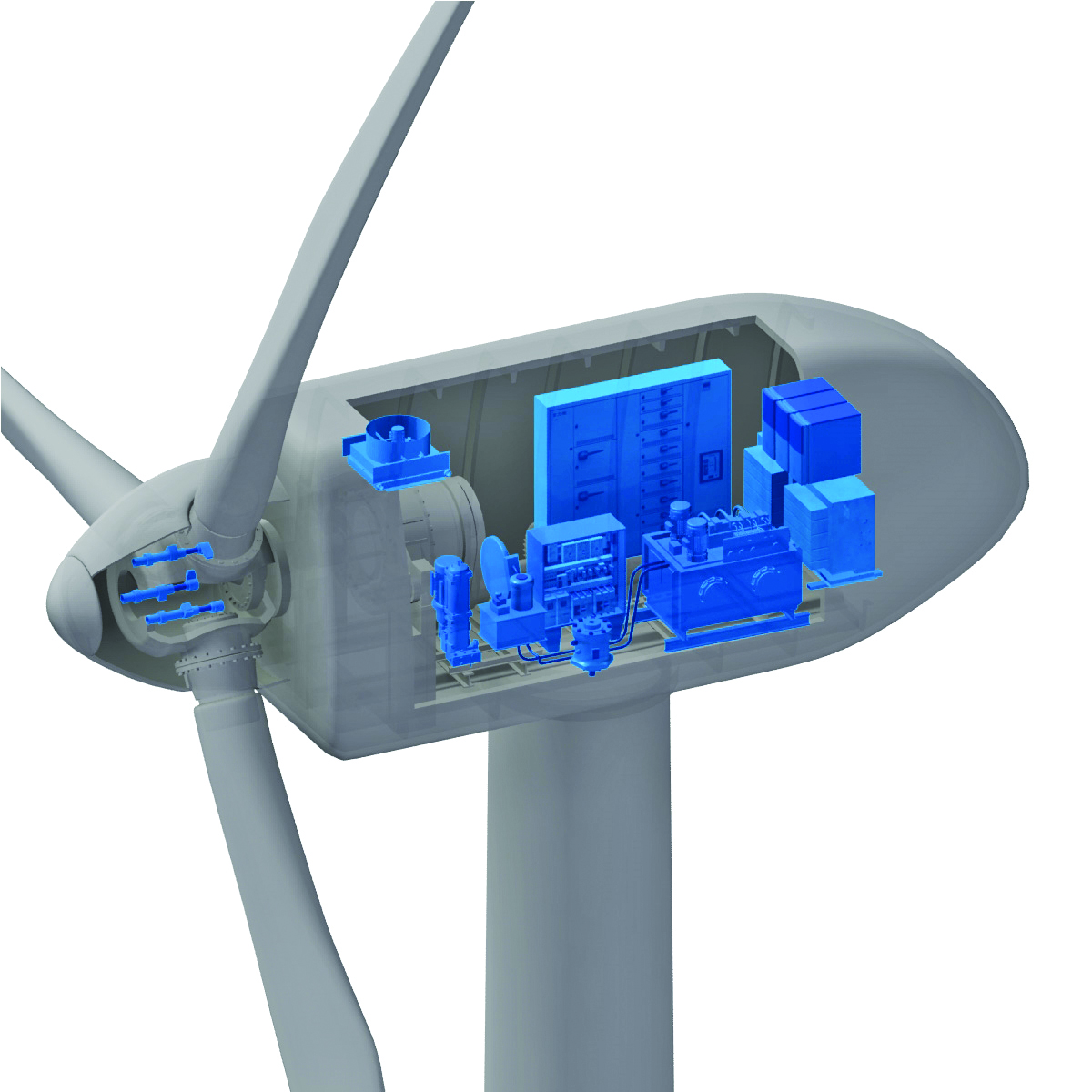
Eaton’s Three Pillars
Mozes said Eaton implements a strategic direction with three distinct pillars.
“One is bringing intelligence and more computational horsepower to the components,” she said. “The second pillar is around connectivity. We want to make sure that the valve is intelligent, and that the parts of the system can communicate with each other. And the third piece is what we call Dynamic Machine Control.”
Essentially, Dynamic Machine Control involves understanding the machines in order to solve problems faster, according to Mozes.
That involves hydraulics and what they’re good at, which is power density, according to Hoxie.
“Think of a human body as an analogy,” he said. “We bring the intelligence that connects the brain into the muscle and do that in a way that’s intuitive and easy for folks to solve problems. The strategy is seamlessly bringing all of this intelligence and modern computers into the muscle that is hydraulics, which is still unmatched with other motion control technology.”
Driving More Uptime
With the big driver for wind being total cost of ownership, Eaton’s goal is to be able to connect that intelligence in order to help the machines be smarter to drive more uptime as well as drive a push for lower cost of production, according to Hoxie.
“Sometimes that’s more robust product; sometimes that’s better information; sometimes that’s all of the above,” he said.
That can involve proactively recognizing the data ahead of time, according to Mozes.
“You want to proactively recognize when a repair has to happen and then you send your experts in,” she said. “We rely on integrators that have the ability to connect different components. Those integrators are experts in a specific segment or an industry or a platform, and we rely on those guys to go in and help do the preventative maintenance and the proactive maintenance as well.”
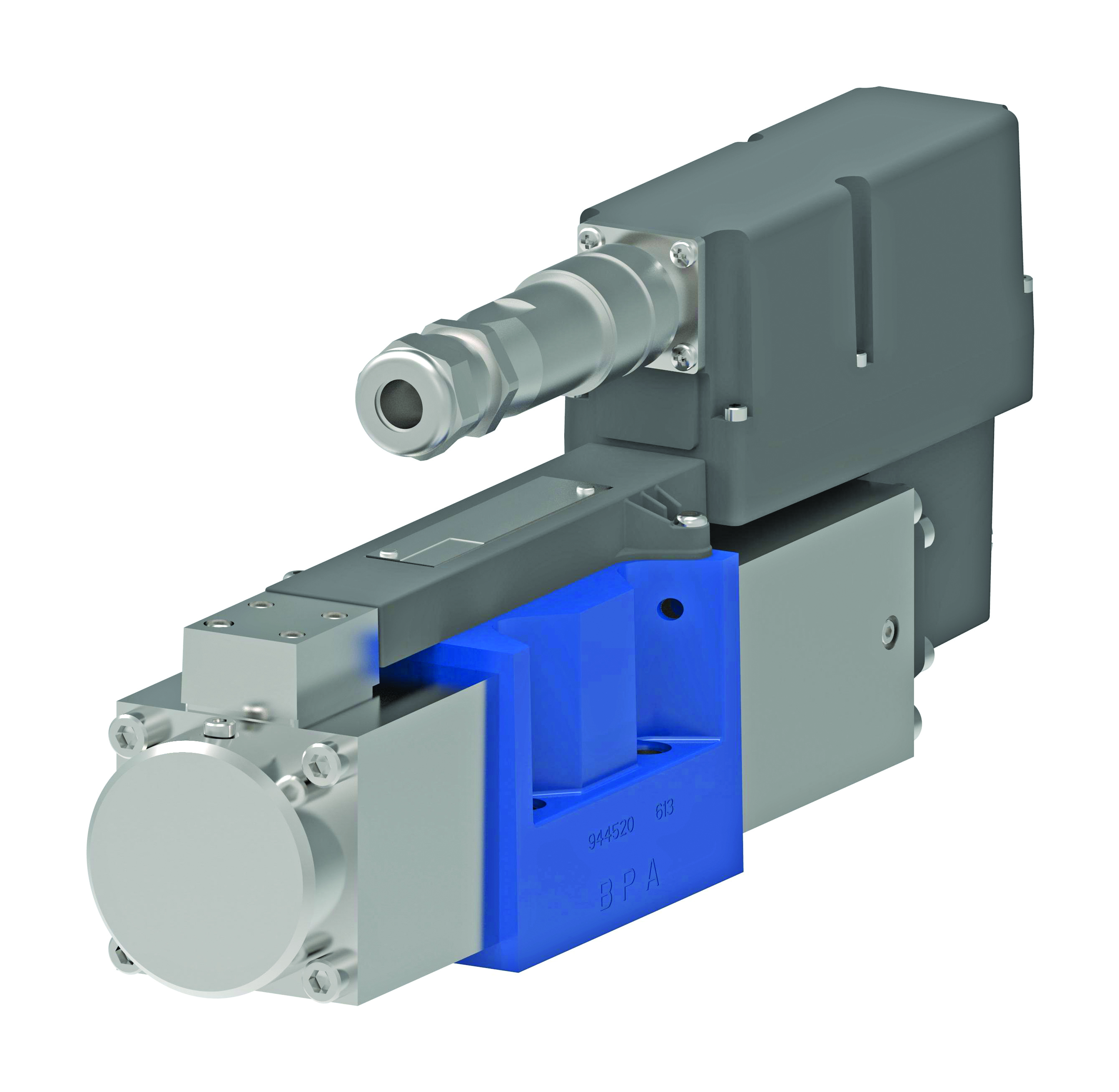
Eaton’s Road to Renewables
Eaton’s history dates back about 110 years, but the company made its way into the renewables sector through various acquisitions through the decades, according to Mozes.
“Eaton really started as an axles company, and then it morphed into hydraulics many, many, many years later,” she said. “In the ’60s, Eaton started entering all kinds of power management technologies — mechanical, electrical, hydraulics.”
In 1999, Eaton acquired Vickers, and that pushed the company into a completely different space, according to Mozes.
“Prior to that we used to be a very mobile hydraulics-oriented business,” she said. “And after the acquisition of Aeroquip-Vickers, we got into not just hydraulic components, but hydraulic hoses and fittings and the industrial space. And through the Vickers acquisition, we got exposure into renewable energy.”
In addition to wind, Eaton also works with solar, ocean power, and more, according to Mozes.
The Future of Wind
And as the wind industry continues to grow, it is Eaton’s hope to ride that wave as well.
“Especially with the emergence of the larger scale machines and the offshore farms, we see quite a growth in opportunities in those bigger frame machines,” Hoxie said.
And Eaton’s problem-solving expertise will continue to push the industry into the future, according to Mozes.
“We pride ourselves on our engineering talent, and we develop a lot of innovative products and solutions,” she said. “And what I’m constantly amazed by is, if a problem can be described to us, we have the ability to solve it. I think what we’re most proud of is the ability to solve problems, and then staying the course of strategy, with intelligence, connectivity, and Dynamic Machine Control.”
And that forward-thinking ability will be a valuable asset as wind energy continues to make its mark around the world, according to Mozes.
“I’m originally from Scandinavia, and Scandinavia was one of the first adopters of renewable energy — specifically in wind — and you see that as you cross the water in Denmark and Sweden; you see hundreds of wind turbines, and you know it started there,” she said. “But the adoption is now across the globe in China, in India, in the U.S., and for us, there’s no reason to believe that this market is not going to continue to grow.”



















